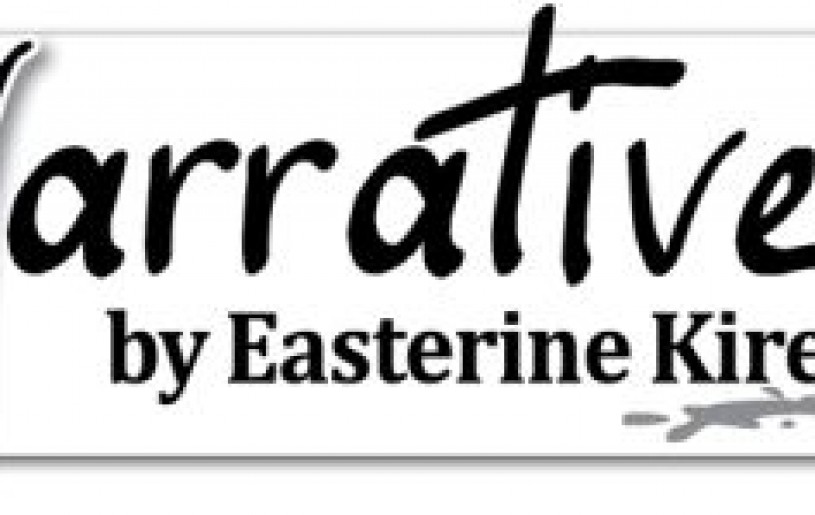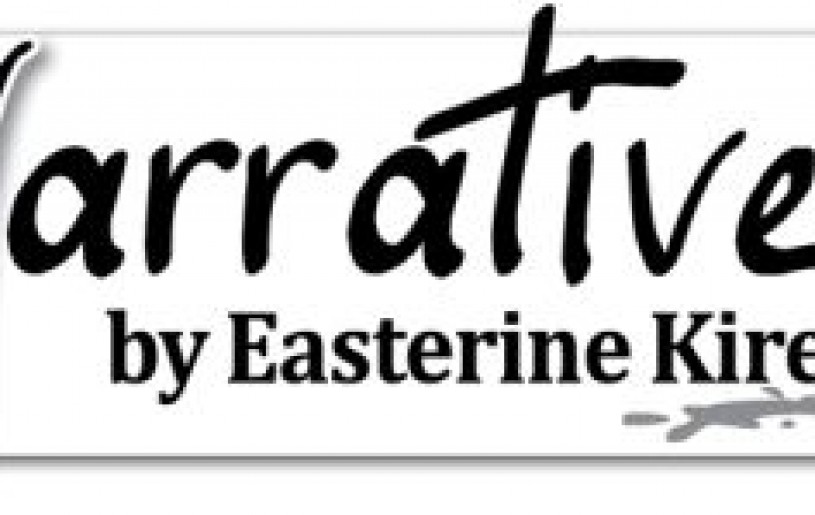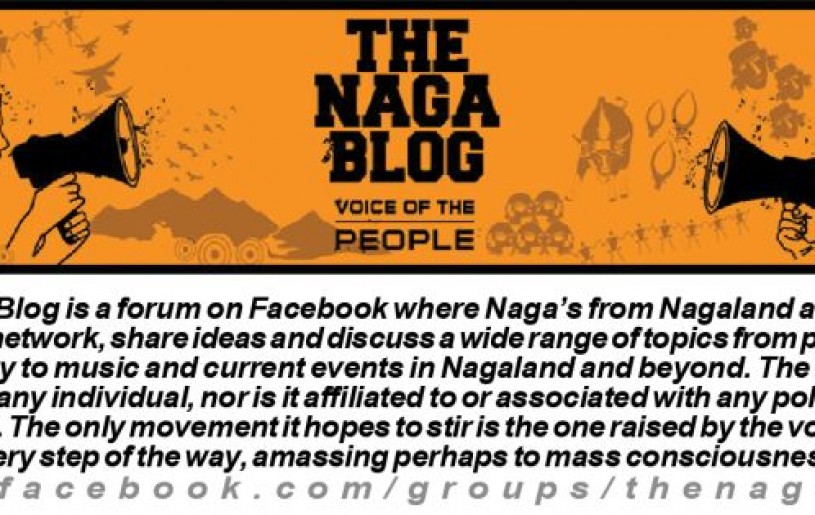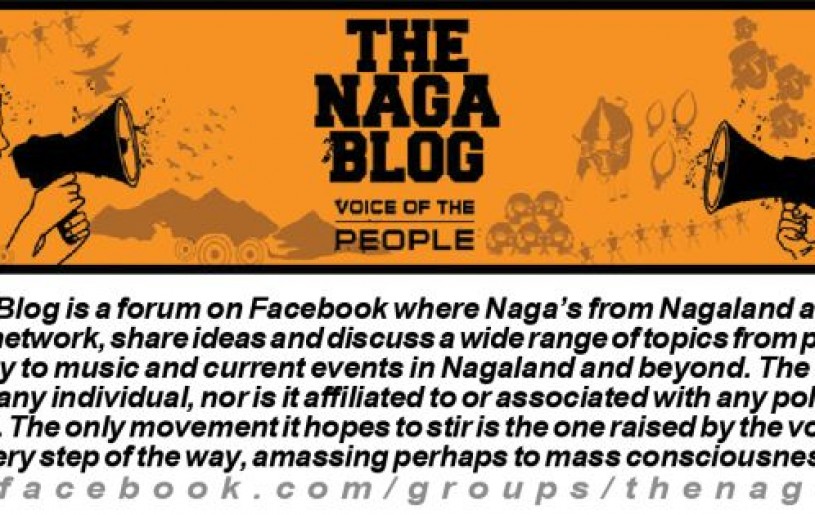
Trauma is such a terrible word, isn’t it? I suspect the word trauma has become a scapegoat word for people to blame their own ill conduct on. If they behave rudely, or if they react unreasonably in certain situations, they now have the option of blaming it on traumatic experiences in their past life. I know an artist who conducts himself like a complete boor but gets away with it because he was in an institution for sick children half his childhood. One of the negative things about humans is that they can always find someone or something to blame for their own shortcomings. The cycle this follows is that it permits socially unacceptable behaviour to continue without checks. The other thing is it lets people off the hook, in a manner of speaking, and they stop feeling they have to deal with their character failings since they can blame it on some past event.
However, the truth is that by not dealing with it, the behaviour it generates gets repeated over and over again and becomes the identity of the person. Sooner or later, no one is going to want to be around that person.
Jack is a young artist who has been holding exhibitions from his personal life. He makes videos on different family members who explain why they made the choices that they made in their lives. The short videos help each member to describe their lives, and the hardships they faced. Some of the videos go into dark periods of their lives as individuals and as a community. Watching the videos opens an avenue for members to understand each other and come to some appreciation of the other’s troubles. By means of getting better understanding, the way towards forgiveness is paved in a closed community where deep love and deep hatred do co-exist.
Jack mentioned artists who take traumatic experiences and use that in art to protest something or the other. But he does not agree with that procedure. ‘It does not always have to be a protest. It does not always have to generate something violent,’ explained Jack in his mild manner. ‘The traumatic can be used in art – but in ways that help us to understand what happened better. Understanding is the ultimate goal. Because when we reach the level of understanding, then we have arrived at a much better position to forgive the past and to accept who we are, but not allow the past to dictate to us.’ It is the gentler and wiser approach to trauma. I find Jack’s approach of extracting the past and bringing it under review relevant and intriguing. ‘Many times people have lived their lives believing a certain thing about a certain someone. But when that person was actually given a hearing through the video filming, it helped the hurting members to grasp that their reality was based on incomplete information.’ The videos are playing an important part towards engendering peace in conflicted relationships.
‘Violence generates violence. The only way to stop that vicious cycle is by providing a different way of solving conflicts, another process of dialoguing that steers the dialogue away from blame and takes it toward analysis and filtration.’
It is not a crime to question art that re-enacts violence on a screen using the excuse of protesting it. Too much violence is being permitted onscreen in this manner. Questioning it is a way of reminding the artist that he has a responsibility for giving well thought out images; images that are constructive, not destructive. Art can be a dangerous weapon in the wrong hands and even if it may be old fashioned to say this, artists have a moral responsibility towards their audience, because the visual has so much potency to affect the viewer. It imposes itself on the viewer. The movement away from violence in art circles to which Jack belongs is a minority movement. It deserves our support and encouragement.






